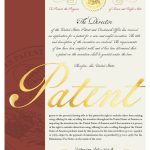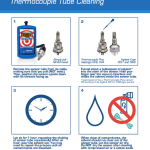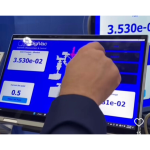As we discussed in our previous article “How Do You Optimize Botanical Freeze Drying?”, there is more to the process of freeze drying than just a simple project fix to vacuum engineering. It is a science. And part of the science is what is known as the “cold chain”. The cold chain is the process of actions and equipment required to maintain a product within a low temperature range from harvest to consumption. This means reducing the total time required from garden to shelf by leveraging the lyophilization process during harvest. That is why creating a cost and time efficient way to cure, sublimate, and freeze dry cannabis is a priority for DigiVac and The Original Resinator. From freezing conditions and environmental exposure to live buds, the research behind the Crop-to-Cure® technology was challenging because
The Original Resinator is trying to cut back the time and effort required to achieve the same or greater results in less time compared to traditional drying methods.











